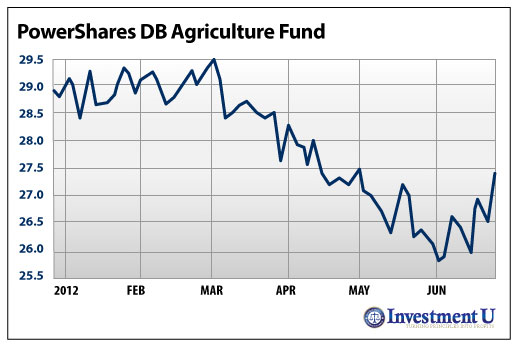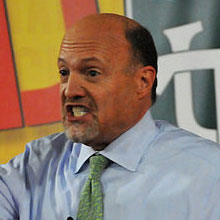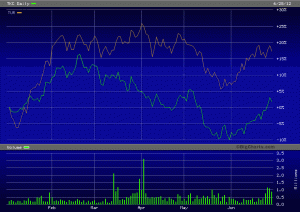Article by Investment U
When I think of Middle Eastern nations with massive oil and gas reserves, Israel isn’t a country that comes to mind… ever, really.
After all, Israel still imports 99% of its oil and 70% of its natural gas.
In fact, for the last 60 years, energy companies there have basically drilled one dry hole after the next.
But that’s all getting ready to change in the coming years thanks to new drilling capabilities.
And Israel is set to shake up the energy landscape in the Middle East like no one has ever seen before.
Israel: An Energy Giant in the Making?
Last week, Israel Opportunity Energy Resources LP discovered an offshore oil and gas field with an estimated 1.4 billion barrels of oil and 6.7 trillion cubic feet of natural gas.
According to the company’s Chairman, Ronny Halman, “The quantity of gas discovered… makes it the third-largest offshore discovery to date.”
It follows last June’s announcement of uncovering 16 trillion cubic feet of natural gas and 800 million barrels of oil in Israel’s Tamar and Leviathan offshore fields.
Yet, for Israel, these discoveries are only the beginning. And investors should pay close attention.
That’s because Israel’s largest oil and gas opportunities aren’t offshore. They’re on land in the nation’s shale deposits.
As The Wall Street Journal reports, “The World Energy Council estimates Israel’s shale deposits, located some 30 miles southwest of Jerusalem, could ultimately yield as many as 250 billion barrels of oil.”
To put this into perspective, Israel could soon be the world’s third-largest nation in terms of proven oil reserves… behind Venezuela – which took the top spot last year – and Saudi Arabia.
To get an idea of the scope of these massive reserves, it would potentially be enough to cover the United States’ entire oil needs for the next 35 years.
Of course, not everything is hunky-dory. The biggest problem Israel faces right now is that the country isn’t prepared to handle such a dramatic increase in oil and gas production.
Translation: This is no short-term play.
But there are a number of ways to potentially cash in as Israel works to become one of the world’s leading energy providers… that is, if you can stand to wait.
Stocks and ETFs
The safe way to play Israel’s oil and gas boom is the iShares MSCI Israel Capped Investable Market Index Fund (NYSE: EIS).
That’s because, with such massive discoveries there, Israel’s entire economy is set to prosper for several years as it ramps up its oil and gas exports and slashes its imports.
EIS is designed to capture this overall growth by mimicking Israel’s broad-based equity market performance.
And, the best part, this ETF is likely trading at a hefty discount.
You see, one thing to watch for in ETFs is the fund’s net asset value, or NAV.
Typically, when a fund’s share price is trading for more than the NAV, it’s trading at a premium. When the price is less than the NAV, it’s trading at a discount.
In my experience, the best time to buy an ETF is when the share price trades at a discount of 20% or more to the NAV.
As I write, EIS is trading at $36.39 and its NAV is at 55.98. By this measure, that means EIS is currently trading at a 34% discount.
But there’s another play to keep on your watch list, as well
The company is called Genie Energy Ltd. (NYSE: GNE), a spin-off of IDT Corporation (NYSE: IDT).
Not many investors know this, but when it comes to Israel, Genie has an 89% interest in a private oil and gas drilling company out of Jerusalem called Israel Energy Initiatives (IEI).
IEI already holds the rights to a shale deposit in Israel that could contain as much as 40 billion barrels of oil.
This puts Genie in a perfect position to ride Israel’s oil and gas boom all the way to the bank. And for a company with a market cap of just $180 million, the sky really is the limit.
In terms of energy, over the next 10 years we’re going to see changes take place in the Middle East like we’ve never experienced before.
Just by preparing today for these changes, you could find yourself sitting on a windfall of gains in the not-too-distant future.
Good Investing,
Mike Kapsch
Article by Investment U






